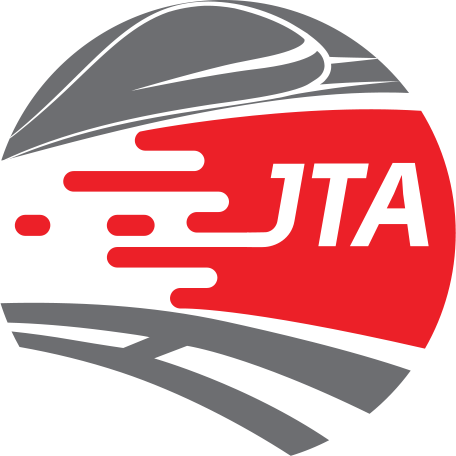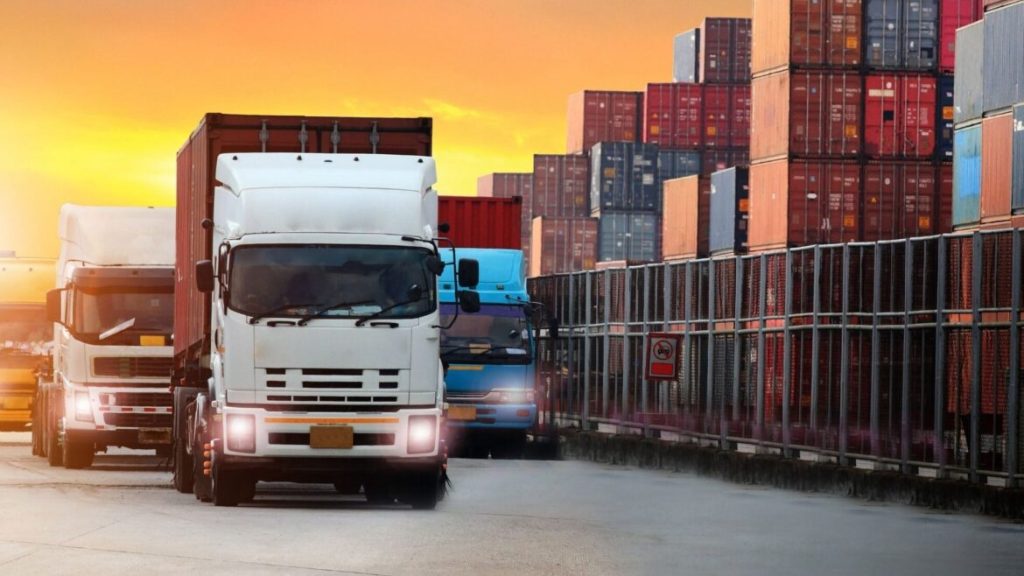فهرست مطالب
ToggleIntroduction
The strategic location of Iran makes it a critical transit route for accessing the Commonwealth of Independent States (CIS) countries. This article provides an in-depth analysis of transit to CIS nations via Iran, comparing it with alternative routes, exploring key benefits and challenges, and offering practical advice for businesses seeking to optimize their supply chains.
Key Features of Transit via Iran
[table id=2 /]
Comparison of Transit Routes to CIS Countries
[table id=3 /]
Benefits of Transit via Iran
- Strategic Location: Iran bridges South Asia, the Middle East, and Europe to CIS countries.
- Reduced Transit Times: Iran’s rail and road connectivity enable faster shipment compared to maritime routes.
- Lower Costs: Competitive pricing makes it a cost-effective option for bulk and regional trade.
- Infrastructure Growth: Projects like the North-South Transport Corridor (NSTC) are strengthening trade capacity.
- Access to Emerging Markets: CIS nations are growing economies with increasing trade potential.
Challenges of Transit via Iran
[table id=4 /]
Transit Routes to Major CIS Countries via Iran
[table id=5 /]
Golden Tips for Businesses
- Leverage Iran’s Rail Network: For bulk goods, use rail to minimize costs and environmental impact.
- Utilize Ports Strategically: Ports like Chabahar and Bandar Abbas offer faster access to CIS countries.
- Optimize Documentation: Ensure accurate customs paperwork to avoid delays.
- Monitor Political Developments: Stay updated on sanctions and trade regulations affecting Iran.
- Invest in Technology: Use GPS tracking and logistics software to monitor shipments in real-time.
FAQs
1. Why is Iran a key transit route to CIS countries?
Iran’s geographical location provides the shortest and most cost-effective connection between South Asia and Central Asia.
2. What is the North-South Transport Corridor (NSTC)?
NSTC is a multi-modal route linking India, Iran, Russia, and CIS countries, reducing transit time and costs significantly.
3. How does transit via Iran compare with other routes?
Transit via Iran is faster and cheaper but may face challenges like sanctions and regional tensions.
4. Which CIS countries are best accessed via Iran?
Countries like Turkmenistan, Azerbaijan, Kazakhstan, and Uzbekistan have direct trade routes through Iran.
5. What are the key challenges of using Iran for transit?
Sanctions, bureaucratic delays, and regional instability are the primary challenges.
6. How can I reduce transit risks via Iran?
Work with reliable freight forwarders, use comprehensive insurance, and plan alternative routes.
7. Are there any eco-friendly options for transit via Iran?
Yes, Iran’s rail network offers a greener alternative to road and air transport for bulk goods.
8. Can small businesses benefit from transit via Iran?
Absolutely, as Iran offers cost-effective solutions, especially for regional trade.
Summary
Transit to CIS countries via Iran is a strategic choice for businesses aiming to save costs and reduce transit times. While challenges like sanctions exist, Iran’s growing infrastructure and connectivity make it a competitive option for accessing Central Asia’s emerging markets. Leveraging the North-South Transport Corridor and Iran’s rail and port networks can provide significant advantages for global trade.



